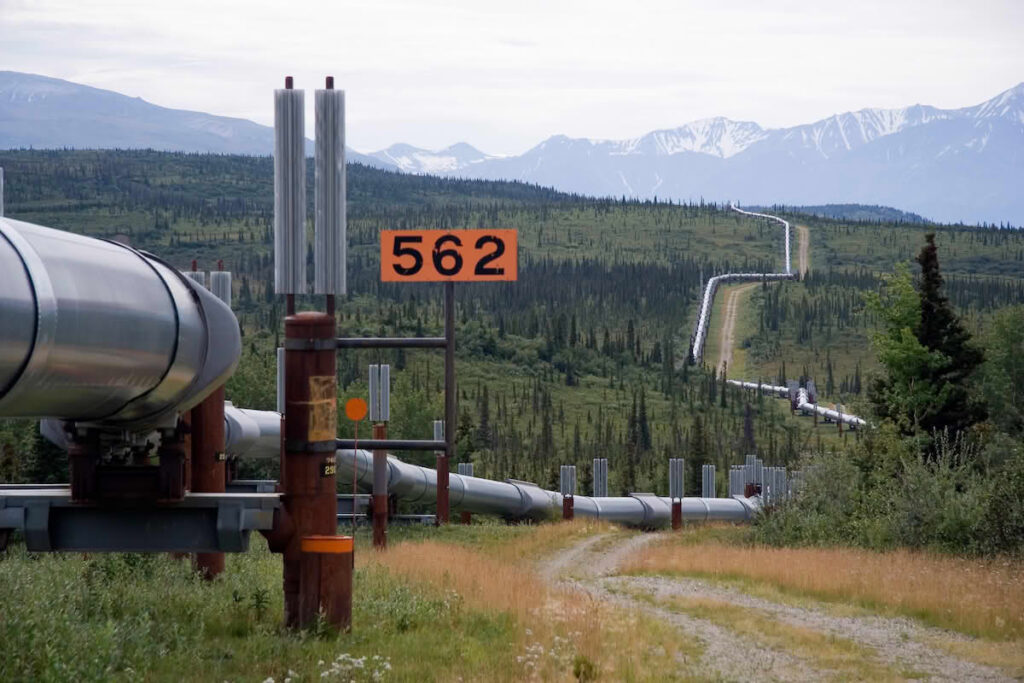In pipeline engineering, ensuring the safety, efficiency, and optimal placement of pipelines is crucial. Geographic Information System (GIS) technology, specifically ArcGIS, has become an indispensable tool for conducting spatial analyses that support pipeline calculations. Through the powerful capabilities of ArcGIS, engineers can perform proximity analyses, overlay operations, and statistical evaluations that inform pipeline design, route optimization, risk assessment, and environmental impact studies. This article explores how ArcGIS can be used for these key types of analyses in pipeline engineering.
Proximity Analysis in Pipeline Engineering
Proximity analysis is a vital component of pipeline planning and hazard assessment. It involves evaluating the distance between the pipeline and various environmental or man-made features, such as water bodies, urban areas, fault lines, and other infrastructure. This type of analysis helps engineers identify potential risks and ensure compliance with regulatory setbacks and buffer zones.
Buffer Zones
A common proximity analysis involves creating buffer zones around sensitive areas. For example, a pipeline project might require a minimum distance from residential zones or protected ecosystems. Using ArcGIS, engineers can generate buffer zones of specified distances around these features and evaluate how proposed pipeline routes intersect or avoid these zones. This helps in adjusting the pipeline route to minimize environmental impact and comply with legal requirements.
Proximity to Infrastructure
ArcGIS can also be used to analyze the proximity of pipelines to existing infrastructure, such as roads, power lines, and other pipelines. Maintaining a safe distance between different infrastructure elements is essential to prevent accidents and ensure the ease of maintenance operations. For instance, proximity analysis might reveal that a proposed pipeline crosses a high-voltage power line, necessitating route adjustments or additional protective measures.
Overlay Analysis for Pipeline Route Optimization
Overlay analysis is another critical function in ArcGIS that aids in pipeline route planning and risk management. This analysis involves layering multiple spatial datasets on top of one another to evaluate how different geographic features intersect. In pipeline calculations, overlay analysis can be used to integrate various environmental, social, and economic factors into the decision-making process.
Environmental Considerations
One of the primary uses of overlay analysis is to assess the environmental impact of a pipeline route. By overlaying environmental data layers—such as wetlands, protected areas, wildlife habitats, and soil types—engineers can identify potential conflicts and modify the pipeline design accordingly. For example, an overlay analysis might show that a proposed route crosses a wetland area, prompting a reroute to avoid this sensitive environment.
Land Use and Zoning
Overlay analysis is also valuable in evaluating land use and zoning restrictions. By overlaying land use maps with proposed pipeline routes, engineers can determine whether the pipeline crosses through areas designated for residential, agricultural, industrial, or commercial use. This information is crucial for securing permits, minimizing legal challenges, and ensuring that the pipeline does not disrupt local communities or land use plans.
Risk Assessment
In addition to environmental and land use considerations, overlay analysis can be used to assess various risks associated with pipeline routes. For example, overlaying seismic hazard maps with pipeline routes can help engineers identify areas prone to earthquakes and design pipelines to withstand seismic events. Similarly, floodplain maps can be overlaid to ensure that pipelines are not routed through areas at high risk of flooding, reducing the likelihood of pipeline failure due to natural disasters.
Statistical Analysis for Data-Driven Decisions
Statistical analysis in ArcGIS allows engineers to quantify and interpret spatial data, providing a data-driven basis for pipeline design and decision-making. Through various statistical tools, ArcGIS can analyze trends, measure spatial relationships, and identify patterns in data that are critical for pipeline calculations.
Spatial Statistics
Spatial statistics in ArcGIS can be used to analyze the distribution and clustering of geographic features related to pipeline projects. For example, engineers can use spatial statistics to analyze the distribution of pipeline incidents (such as leaks or ruptures) along existing pipelines, identifying clusters of incidents that may indicate underlying issues, such as material degradation or external interference.
By understanding the spatial patterns of these incidents, engineers can prioritize areas for inspection, maintenance, or reinforcement, thereby improving pipeline safety and reliability.
Terrain Analysis
Another application of statistical analysis in ArcGIS is terrain analysis, which is essential for determining the feasibility of a pipeline route. Terrain analysis involves evaluating elevation data to assess slope, aspect, and elevation changes along a proposed route. Steep slopes or significant elevation changes may pose challenges for pipeline construction, requiring additional support structures or increasing construction costs.
By using statistical tools to analyze terrain data, engineers can optimize pipeline routes to minimize construction challenges and reduce costs while ensuring that the pipeline remains structurally sound.
Population Impact Analysis
Statistical analysis in ArcGIS can also be used to evaluate the potential impact of a pipeline on nearby populations. By analyzing population density maps, engineers can assess how many people live within a certain distance of the proposed pipeline route. This information is crucial for conducting risk assessments, as pipelines that pass through densely populated areas pose greater risks in the event of an incident.
Moreover, population impact analysis can inform emergency response planning by identifying areas where rapid evacuation might be necessary in case of a pipeline failure. It also aids in public consultation processes, helping to address community concerns and improve the social acceptance of pipeline projects.
Integrating ArcGIS Analyses for Comprehensive Pipeline Planning
The true power of ArcGIS in pipeline engineering lies in its ability to integrate proximity, overlay, and statistical analyses into a cohesive decision-making framework. By combining these analyses, engineers can gain a comprehensive understanding of the geographic, environmental, and social factors that influence pipeline projects.
For instance, a pipeline route can be evaluated through proximity analysis to ensure safe distances from sensitive features, overlaid with environmental and land use data to assess potential conflicts, and analyzed statistically to quantify risks and impacts. This integrated approach allows for more informed and effective pipeline design, ensuring that all relevant factors are considered and balanced.
Conclusion
ArcGIS is an essential tool in modern pipeline engineering, providing powerful capabilities for proximity analysis, overlay operations, and statistical evaluation. These analyses enable engineers to design pipelines that are safe, efficient, and environmentally responsible. By leveraging the full range of ArcGIS tools, pipeline engineers can optimize routes, minimize risks, and make data-driven decisions that enhance the overall success of pipeline projects. As the demand for more complex and sustainable pipeline systems grows, the role of ArcGIS in pipeline calculations will continue to expand, offering even greater insights and precision in pipeline design and planning.





